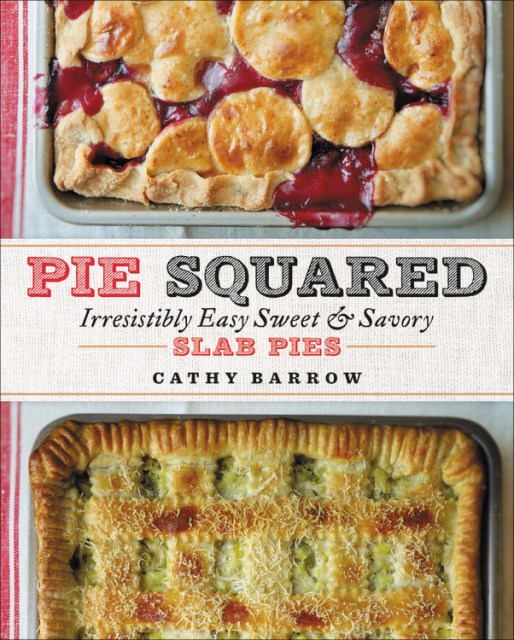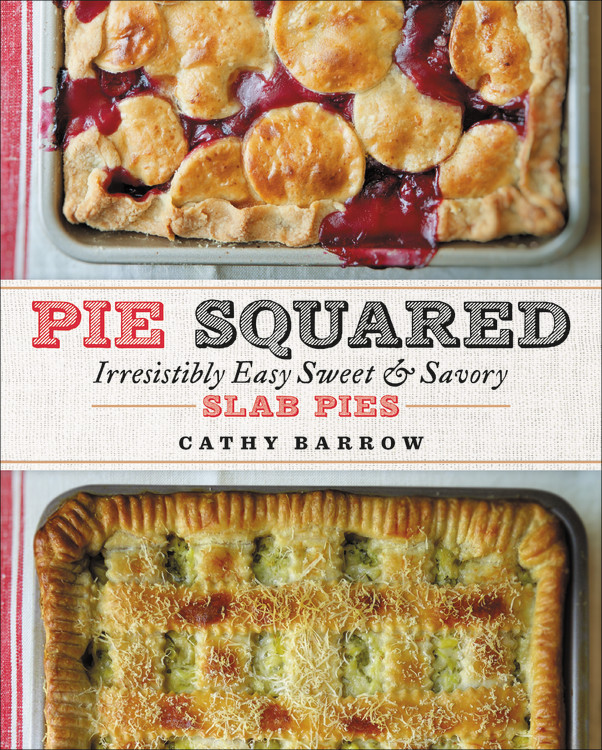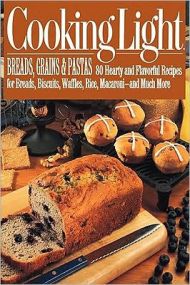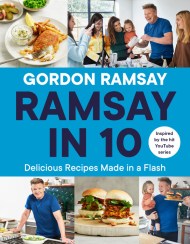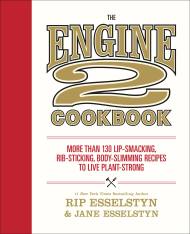Promotion
Use code MOM24 for 20% off site wide + free shipping over $45
Pie Squared
Irresistibly Easy Sweet & Savory Slab Pies
Contributors
By Cathy Barrow
Formats and Prices
Price
$28.00Price
$36.50 CADFormat
Format:
- Hardcover $28.00 $36.50 CAD
- ebook $14.99 $19.99 CAD
This item is a preorder. Your payment method will be charged immediately, and the product is expected to ship on or around October 23, 2018. This date is subject to change due to shipping delays beyond our control.
Also available from:
James Beard Award Nominee 2019 for Best Cookbook: Baking and Desserts
The delicious new food trend of slab pies that makes it easy to serve sweet or savory pastry to a crowd-or just your family!
For those of you who aren’t up on your Pinterest food trends, slab pie is just like regular pie-only better (and bigger)! Instead of crimping and meticulously rolling out a round crust, slab pies are an unfussy twist that are perfect for a potluck or dinner party or just a family dinner. Baked on sheet pans, slab pies can easily serve a crowd of people dinner or dessert. Pie Squared includes seventy-five foolproof recipes, along with inventive decoration tips that will appeal to baking nerds and occasional bakers alike. And this fresh, uncomplicated take on pie will surely pique the interest of those who have previously been reluctant to take out their rolling pin.
Barrow didn’t invent slab pie, but she definitely thinks outside of the crust. In addition to traditional pie dough, she offers more than a dozen crust recipes-from cracker crusts and cornbread crusts to cookie crusts and cheddar cheese crusts. Using these as a base, Barrow then entices readers with both savory and sweet slab pie creations, with recipes like Spinach, Gorgonzola, and Walnut Slab Pie and Curried Chicken Slab Pie to Sour Cream Peach Melba Slab Pie and Grande Mocha Cappuccino Slab Pie. The first book of its kind, this will appeal to lovers of easy food trends like sheet pan suppers and dump cakes. Don’t be surprised when you start spying slab pies at your next potluck!
The delicious new food trend of slab pies that makes it easy to serve sweet or savory pastry to a crowd-or just your family!
For those of you who aren’t up on your Pinterest food trends, slab pie is just like regular pie-only better (and bigger)! Instead of crimping and meticulously rolling out a round crust, slab pies are an unfussy twist that are perfect for a potluck or dinner party or just a family dinner. Baked on sheet pans, slab pies can easily serve a crowd of people dinner or dessert. Pie Squared includes seventy-five foolproof recipes, along with inventive decoration tips that will appeal to baking nerds and occasional bakers alike. And this fresh, uncomplicated take on pie will surely pique the interest of those who have previously been reluctant to take out their rolling pin.
Barrow didn’t invent slab pie, but she definitely thinks outside of the crust. In addition to traditional pie dough, she offers more than a dozen crust recipes-from cracker crusts and cornbread crusts to cookie crusts and cheddar cheese crusts. Using these as a base, Barrow then entices readers with both savory and sweet slab pie creations, with recipes like Spinach, Gorgonzola, and Walnut Slab Pie and Curried Chicken Slab Pie to Sour Cream Peach Melba Slab Pie and Grande Mocha Cappuccino Slab Pie. The first book of its kind, this will appeal to lovers of easy food trends like sheet pan suppers and dump cakes. Don’t be surprised when you start spying slab pies at your next potluck!
Genre:
- On Sale
- Oct 23, 2018
- Page Count
- 336 pages
- Publisher
- Grand Central Publishing
- ISBN-13
- 9781538729144
Newsletter Signup
By clicking ‘Sign Up,’ I acknowledge that I have read and agree to Hachette Book Group’s Privacy Policy and Terms of Use
